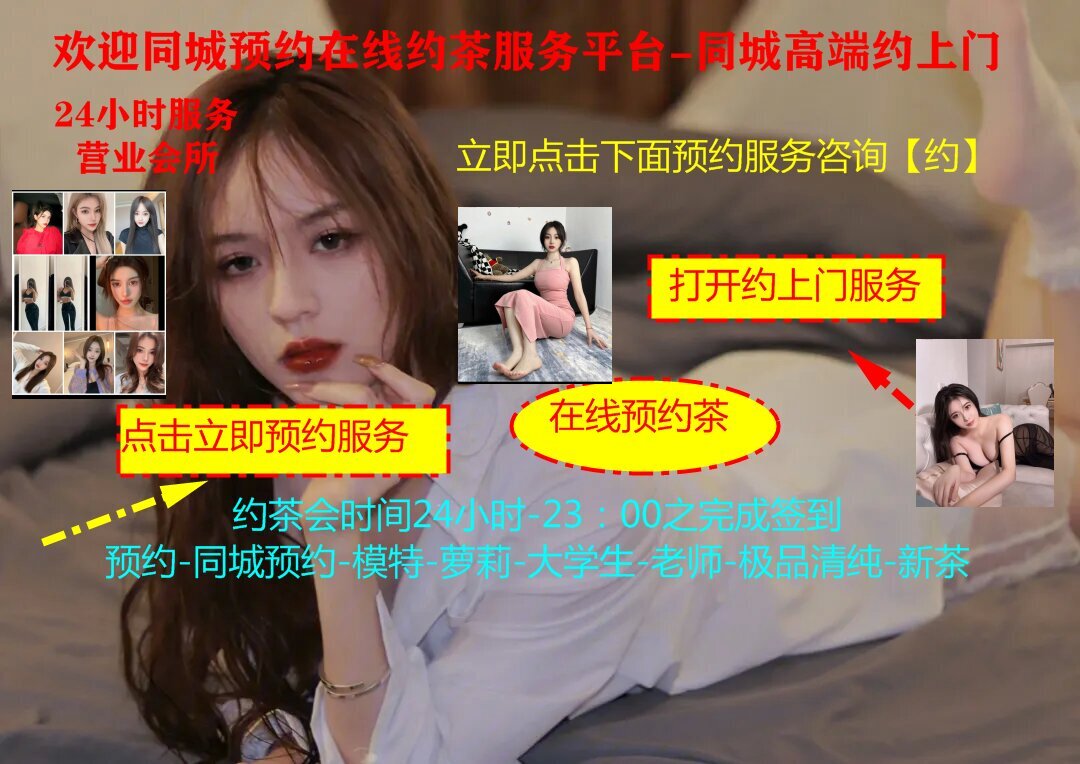附近的人600三小时是真的么_附近人24小时400快在哪里呢 约附近初中生150元一次联系方式_百度_百科
TIME:2021-10-20
同城约茶服务平台联系:
【点击进入平台立即约茶】 同城私人约茶、约茶到家服务联系:
【点击查看同城约服务】一键预约轻松体验服务,可去距离自己最近的线下体验店茶会时间: 24:00小时完成签到.
【点击进入约茶服务平台-入口】



“500元3小时上门服务电话-约服务网站 :【点击进入网站查看约茶服务】。网上怎么找上门服务,附近品茶服务,喝茶服务联系方式,附近初中生300块电话号码,不限次品茶,一条龙的服务上门二维码,100块钱上门服务电话号码,200元1小时做完付款十同城附近约茶服务:【进入平台查看预约服务】。同城包小妹电话是,小姐服务,本地同城附近200元,24小时上门二维码,1243567800元3小时上门服务电话,500块钱3小时上门服务电话,,联系同城约茶服务,不限制品茶-【点击这里进入上门服务】。 附近大泡50元的电话。